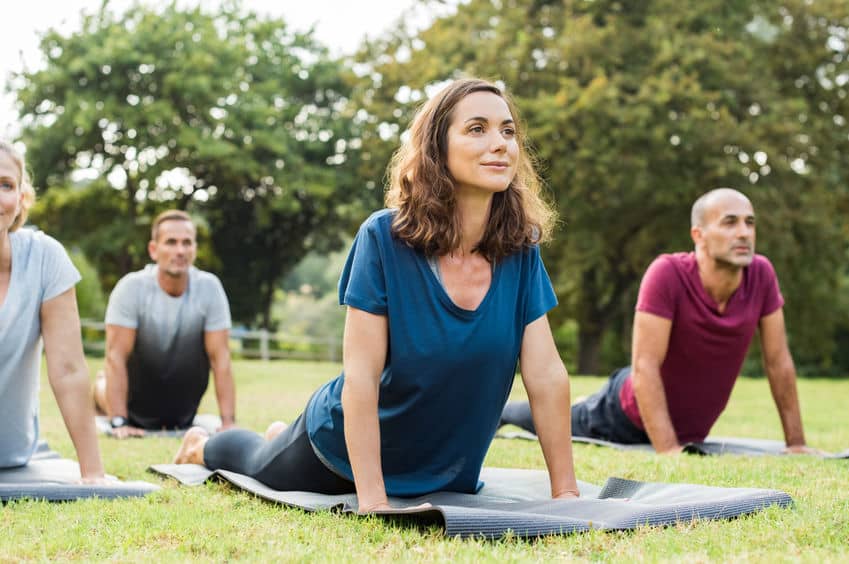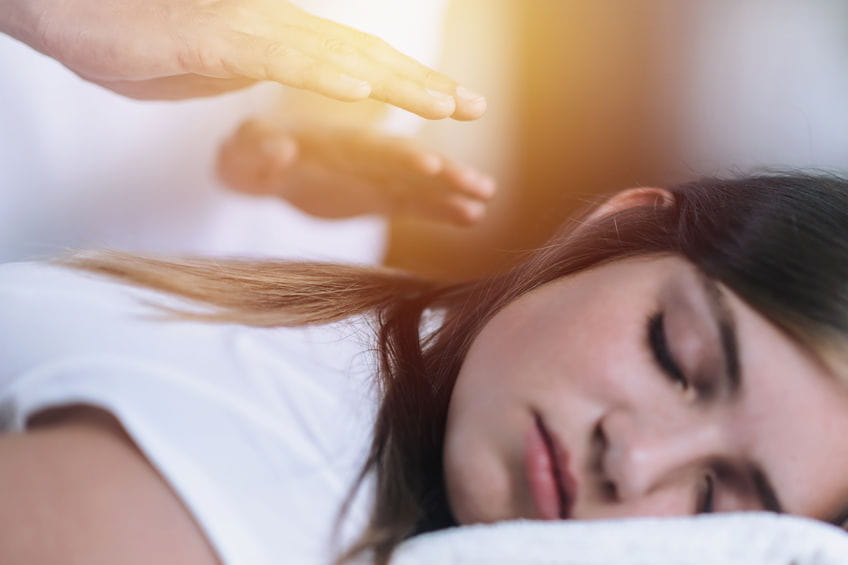Introduction
Addiction recovery is a complex and challenging journey that requires both physical and mental resilience. While traditional methods such as therapy, counseling, and medication play essential roles in recovery, exercise has emerged as a powerful tool in supporting long-term sobriety. Physical activity not only helps rebuild the body but also aids in reducing stress, improving mental health, and promoting overall well-being.
This article explores the role of exercise in addiction recovery, how it benefits both the mind and body, and practical ways to incorporate it into a recovery plan.
How Exercise Supports Addiction Recovery
Engaging in regular physical activity can be transformative for individuals recovering from substance use disorders. Scientific studies suggest that exercise plays a critical role in improving mood, reducing cravings, and fostering a sense of purpose.
Reduces Cravings and Withdrawal Symptoms
One of the most challenging aspects of addiction recovery is dealing with cravings and withdrawal symptoms. Studies have shown that physical activity can help reduce cravings by releasing endorphins—natural chemicals that create a sense of pleasure and well-being. According to research published in Psychopharmacology, aerobic exercise significantly reduces drug cravings and withdrawal symptoms in individuals recovering from substance use disorders (Smith & Lynch, 2012).
Improves Mood and Mental Health
Depression, anxiety, and stress are common among individuals in recovery. Exercise is a natural antidepressant that helps balance brain chemistry. A study published in JAMA Psychiatry found that regular physical activity can reduce symptoms of depression by up to 26% (Schuch et al., 2018). Activities such as walking, running, and yoga stimulate the production of serotonin and dopamine—key neurotransmitters involved in mood regulation.
Provides Structure and Routine
Recovery requires a structured lifestyle to prevent relapse. Exercise can add consistency and purpose to daily routines. Committing to a workout schedule, whether it’s morning walks, gym sessions, or group sports, helps fill idle time that might otherwise lead to negative behaviors.
Enhances Sleep Quality
Sleep disturbances are common among individuals recovering from addiction. Lack of rest can lead to irritability, stress, and relapse risks. Regular physical activity has been shown to improve sleep quality by regulating the body’s natural sleep-wake cycle. According to a study in Sleep Medicine Reviews, exercise significantly enhances sleep duration and quality in individuals with insomnia and stress-related sleep disorders (Kredlow et al., 2015).
Builds Self-Esteem and Confidence
Addiction often damages self-worth, leaving individuals feeling powerless. Exercise helps rebuild self-esteem by providing a sense of accomplishment. Setting fitness goals, such as running a mile, lifting heavier weights, or mastering yoga poses, creates a sense of progress and achievement.
Best Types of Exercise for Addiction Recovery
While any form of physical activity can be beneficial, some exercises are particularly effective in addiction recovery due to their mental and emotional benefits.
Walking or Running
Both walking and running are simple yet effective ways to relieve stress and improve mental health. Outdoor runs or nature walks offer additional benefits by exposing individuals to fresh air and sunlight, which enhance mood and reduce feelings of isolation.
Yoga and Meditation
Yoga combines physical movement with mindfulness, making it ideal for individuals in recovery. Research published in Substance Use & Misuse suggests that yoga can help reduce stress, improve emotional regulation, and enhance self-awareness in individuals recovering from addiction (Gryffin et al., 2014).
Strength Training
Weightlifting and resistance training help build physical strength and resilience. Engaging in strength training provides structure, discipline, and measurable progress, which can be incredibly motivating for individuals rebuilding their lives.
Group Sports and Activities
Social support plays a crucial role in recovery. Participating in team sports such as basketball, soccer, or even group fitness classes fosters community and accountability. These activities reduce feelings of loneliness and create a positive support network.
Swimming
Swimming is a low-impact exercise that provides full-body engagement while promoting relaxation. The rhythmic nature of swimming helps reduce anxiety and provides a calming effect, making it an excellent choice for individuals in recovery.
How to Incorporate Exercise into a Recovery Plan
Starting and maintaining an exercise routine can be challenging, especially for those in early recovery. Here are some practical tips to integrate physical activity into a recovery plan:
Start Small and Be Consistent
- Begin with low-intensity activities such as short walks or gentle yoga sessions.
- Gradually increase intensity and duration as comfort levels improve.
- Consistency is key—aim for at least 30 minutes of activity most days of the week.
Find Activities You Enjoy
- Exercise should be enjoyable, not a chore.
- Experiment with different forms of physical activity to discover what works best.
- Joining a local sports team, dance class, or hiking group can make exercise more engaging.
Set Realistic Goals
- Focus on small, achievable milestones rather than unrealistic expectations.
- Celebrate progress, whether it’s running an extra lap or simply showing up to a workout session.
Use Exercise as a Coping Strategy
- Engage in physical activity whenever cravings or negative emotions arise.
- Replace unhealthy coping mechanisms with movement-based activities.
Seek Support and Accountability
- Partner with a workout buddy, recovery coach, or support group.
- Many addiction recovery programs incorporate fitness into treatment plans.
- Consider joining community initiatives that promote physical activity for mental well-being.
Conclusion
Exercise is a powerful and natural tool that supports addiction recovery by reducing cravings, improving mood, enhancing self-esteem, and fostering a sense of structure. Incorporating physical activity into a recovery plan can help individuals rebuild their lives, both physically and mentally.
The key to success is consistency, self-compassion, and finding activities that bring joy. Whether it’s a morning jog, yoga session, or group sport, every step taken toward physical wellness contributes to long-term sobriety and mental resilience.
References:
- Gryffin, P. A., Chen, W., & Erlenbach, E. (2014). Impact of yoga on substance use treatment: A systematic review. Substance Use & Misuse, 49(5), 605-612.
- Kredlow, M. A., Capozzoli, M. C., Hearon, B. A., Calkins, A. W., & Otto, M. W. (2015). The effects of physical activity on sleep: A meta-analytic review. Sleep Medicine Reviews, 22, 15-25.
- Schuch, F. B., Vancampfort, D., Firth, J., Rosenbaum, S., Mugisha, J., & Stubbs, B. (2018). Physical activity and incident depression: A meta-analysis of prospective cohort studies. JAMA Psychiatry, 75(7), 711-719.
- Smith, M. A., & Lynch, W. J. (2012). Exercise as a potential treatment for drug abuse: Evidence from preclinical studies. *Psychopharmacology*, 224(1), 27-43.










